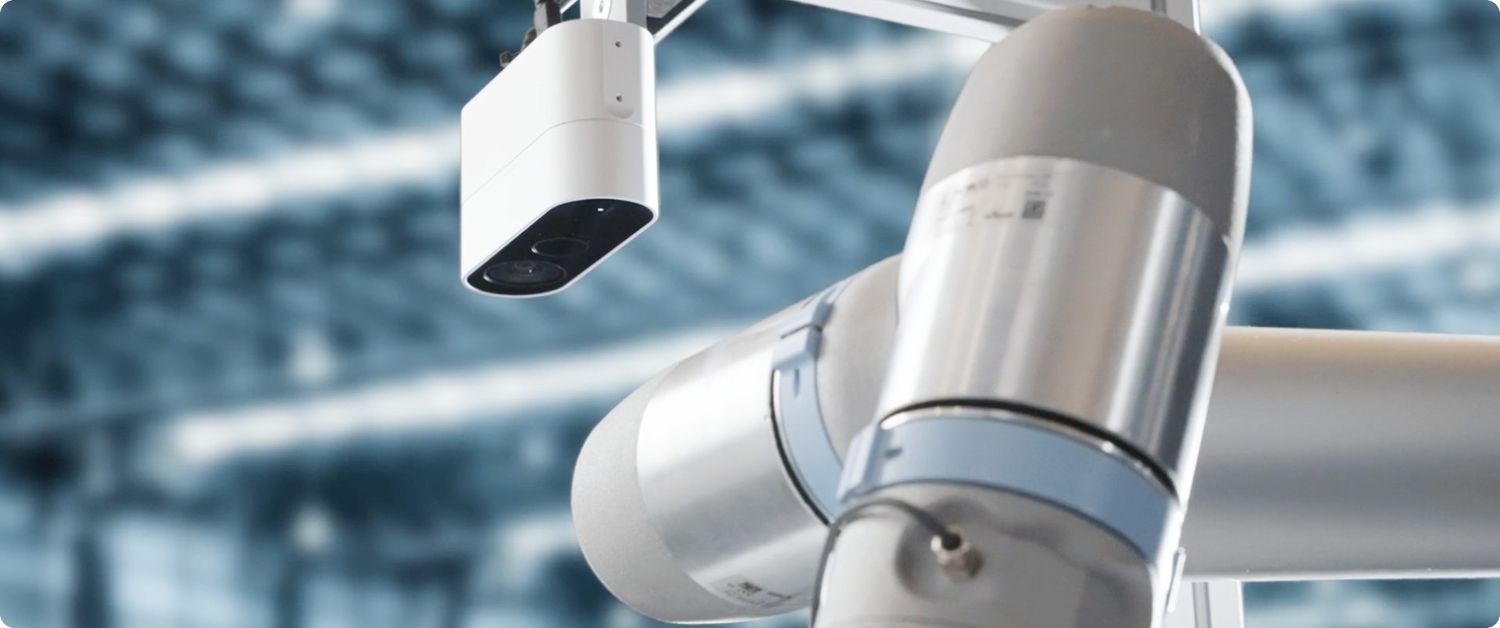In the world of industrial automation, image-based automation has proven to be a groundbreaking innovation. This intelligent technology, which is tailored to individual applications, offers a wide range of applications and benefits for companies.
2D image-based automation: precision and efficiency
2D image-based automation enables precise presence recognition at known positions and the implementation of quality checks. It locates parts at fixed positions and recognizes objects and gripping points with high accuracy. This is ideal for applications such as pick & place from a delivery grid and error-free sorting of parts.
2.5D image-based automation: flexibility in height and orientation
With 2.5D image-based automation, parts can be located at fixed positions with different heights and orientations. It enables object and grip point recognition at various heights and orientations, which is an advantage for structured depalletizing tasks, for example.
3D image-based automation: versatility and precision
3D image-based automation opens up new opportunities for robotic gripping and manipulation tasks. It makes it possible to recognize objects and gripping points in any position and orientation, such as gripping objects in motion or placing parts in a box. This technology is also able to recognize objects in the environment and perform appropriate actions with the robot, such as dispensing, welding or polishing.
Benefits of image-based automation
The use of image-based automation solutions offers numerous advantages for production:
- Increased productivity of the entire production line
- Improved process stability and quality assurance
- Faster implementation of automation projects
- High scalability and flexibility for changing requirements
- Reduced workload due to the elimination of manual parts supply systems
Overall, image-based automation is a groundbreaking technology that helps companies optimize their manufacturing processes, increase efficiency and strengthen competitiveness. By integrating these intelligent solutions, companies can master the challenges of modern industry and prepare themselves for a successful future.

